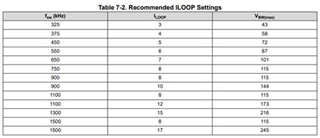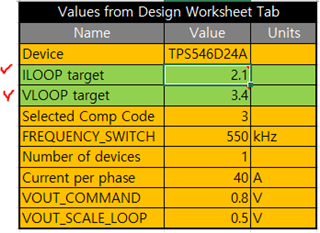Hello,
My customer is using TPSM8D6C24MOWR in the two cases below.

Q1. Please tell us the appropriate V-Loop Gain and I-Loop Gain setting values for 2 and 4 Bucks in Case #1 and Case #2, respectively.
Q2. Please tell us how to determine the I/V loop gain value if the voltage or usage structure changes.
Thank you.
JH






